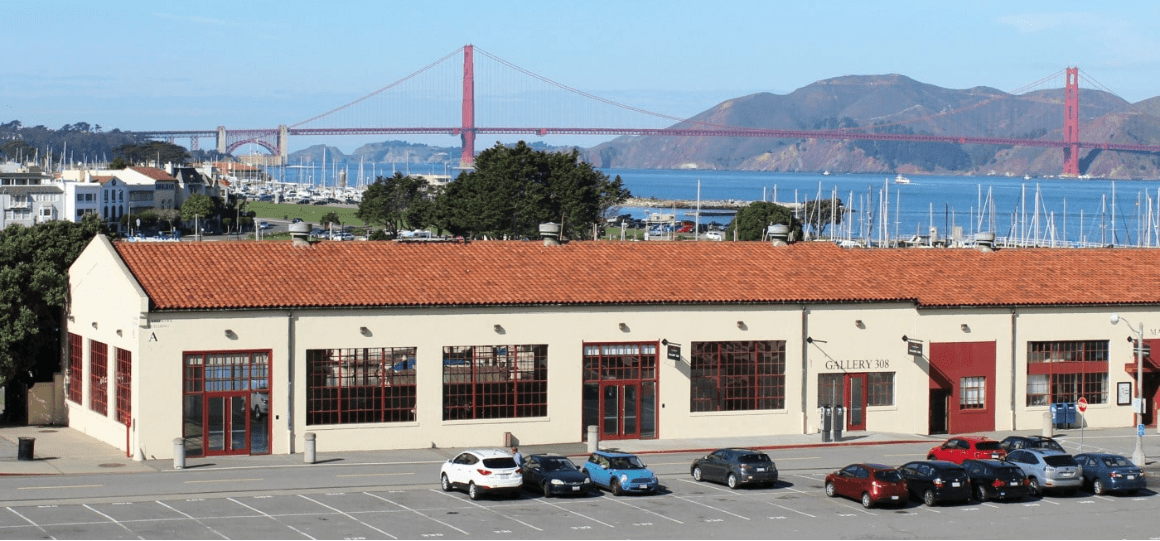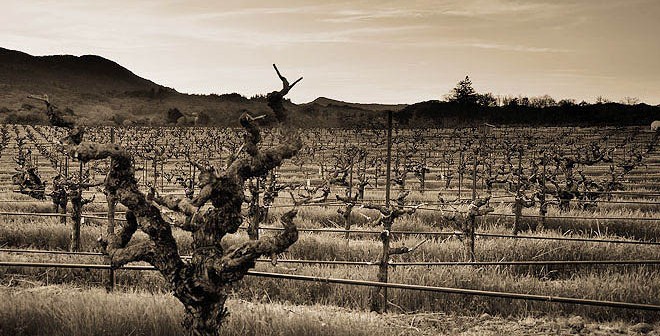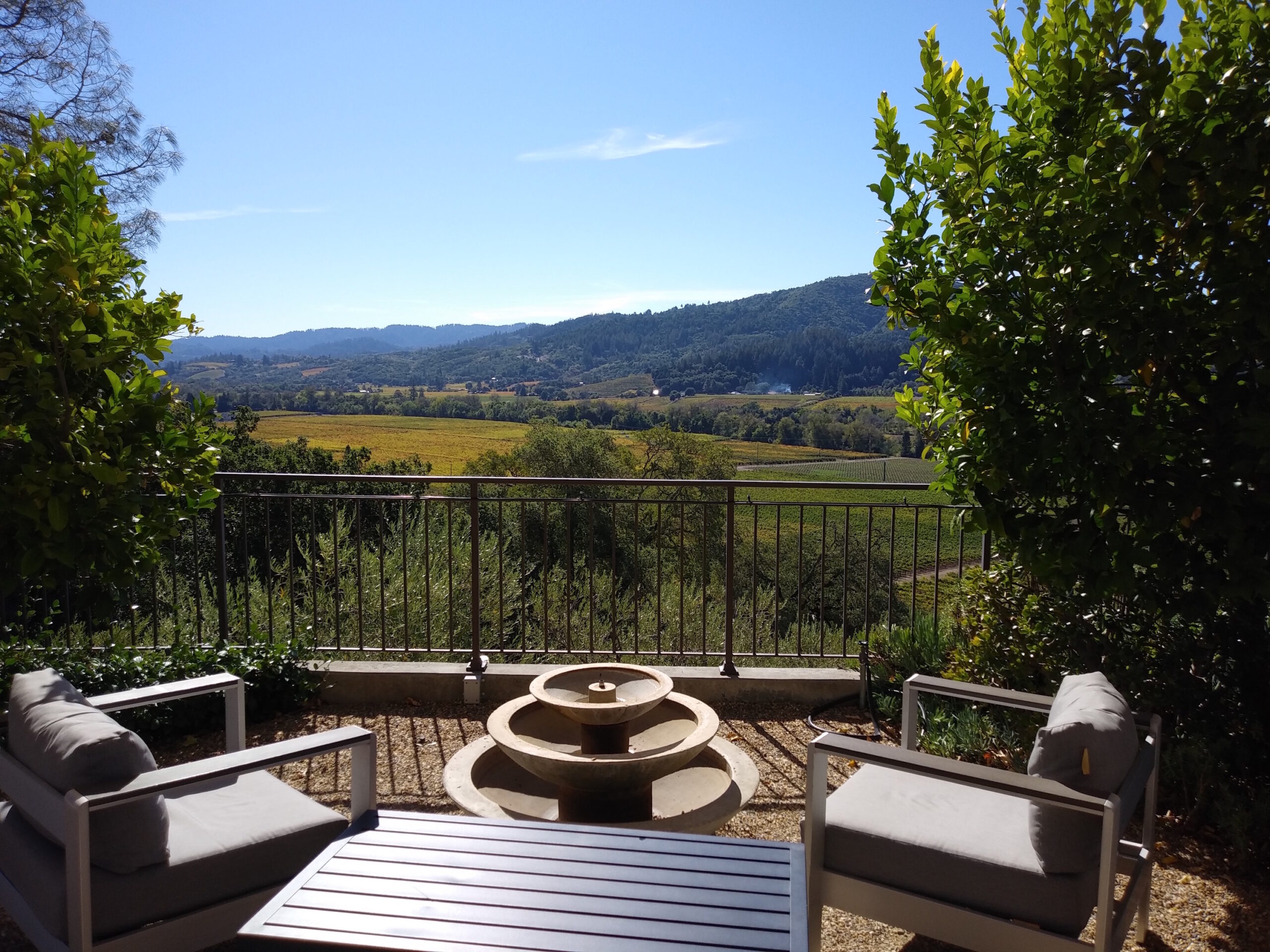Recently, I wrote an article about restaurant corkage policies, and reader Cathy Martin raised an issue that I did not address. Her comment related to: if restaurants were reasonable in their wine pricing, corkage would not be necessary.
I understand what she is saying, even though from my own perspective I’m not sure how much it would matter as we like to bring our own wine to restaurants, based on the wines we have collected in our cellar.

That being said, I have seen too many mundane wine lists, with a large number of wines that essentially qualify as “supermarket wines” priced at two to three times retail. And while many people do not terribly care what is on the wine list and are only looking for a beverage to accompany their dinner [and there is nothing inherently wrong with that], I am assuming that Eve Wine 101ers do care, and are looking for a special wine experience at a reasonably affordable price.
Now there are plenty of restaurants that put a lot of time and effort into their wine lists, and that should be worth something, especially those that try to differentiate their selection or put a little age on their bottles – the accountant in me looks at the time value of money and can appreciate that. And having proper stemware costs money too. But lots of restaurants, without in-house wine expertise, rely on their distributors’ advice to price at industry standard – double retail or triple wholesale – regardless of the quality or uniqueness of the list, and the consumer experience suffers.
A great example to me is Las Vegas. Las Vegas might contain the single most concentrated collection of great restaurants with great wine lists than anywhere else. But, wine prices can be astronomical, and corkage inquiries get mixed results. (Many say corkage is illegal, some quote corkage prices all over the map, and at least one says it is free [thank you Pinot Brasserie at the Venetian which I highly recommend, not just for the free corkage but also for the great food and service].)
But, the restaurant that rises above all this is Marche Bacchus, in Summerlin [a suburb of Las Vegas]. Great food, great service, and it has its own retail wine store attached to it. The selection is awesome, lots of wines that I have spent a lot of time gaining access to [eg. Biale, Turley, Carlisle] as well as wines that were new to me, such as the excellent Lillian Syrah. Pricing in the retail store seems to be pretty much standard retail, with occasional really good markdowns, and, as I said above, a really awesome selection. But the really cool part is when you want to bring the wine to your table, it just costs an additional $10. So, restaurant pricing is retail + $10, plus you get the fun of browsing the great selection. And, from my observation, pretty much every table purchases at least one bottle.
Why can’t more restaurants do something like this? I’m not saying they should have a separate retail section, or even necessarily go the trouble involved with creating as terrific of a wine selection that March Bacchus has. But wouldn’t a pricing policy based on retail + $X, where $X is something reasonable, result in wine sales that are a lot higher than a formula of triple wholesale or double retail that may force a lot of consumers out of the market? Somewhere that old supply/demand curve from Econ 101 should kick in and help to determine the right profitable formula. I realize that every situation is different and every restaurant needs to look at its local clientele [and I also realize that restaurant owners are entitled to price their offerings at any amount they want], but it seems to me that reasonable wine pricing could result in much higher wine sales overall and greater profitability. I’m sure there are factors I am not taking into account. I’d love to hear from members of the restaurant industry on this issue, especially those who have experimented with their pricing.
Michael Perlis provides outsourced controller services to businesses that do not need a full-time controller. He balances this with his interest in wine: reading and writing about it and, of course, drinking it. He is still trying to figure out how to combine these two pursuits. Feel free to contact him about either at mcpfinancial@aol.com or michaelthezinfan@aol.com.










Let me give my 2 cents since most people are not restaurant operators and let me start by saying that you don’t know until you have walked in someone else’s shoes.
Profit margin on food is very low? How low for a restaurant like mine? 40%? 25%? Think again. Less than 10%. For me, it is 7-8% because of things like rent, labor, and the ingredients I use. A bunch of carrots, the little mini ones, cost me $2.00 per bunch of 10 since I buy a lot. The price at a farm I do not buy a lot from is $2.50/ bunch. $7.00 a lbs. for haricot vert. $5.00 for a basket of strawberries.
I could offer cheap wines that no one has heard of that I just buy to make a few extra bucks, but I don’t. I taste and purchase considering price and the price point of the consumer and how it pairs with my food. Do all pair well? No. Some are on the list because they meet the needs of someone who just needs a drink, but there are many that go excellently with my food. There’s a lot of thought that goes into my selection as well as petitioning wineries for permission to carry their wine. Some of my allocations are determined after the wine maker dines at my place in secret.
Take a look at my list, you’ll find it to be a bargain on the upper range compared to most other restaurants and for me to purchase more than I will need for a year because I know it’s an excellent vintage and to lay it down for a few more years in a wine locker? That deserves some credit.
Daniel Boulud is one of my favorite chefs and I understand my restaurant is nothing like his, but we do have some nice stems. Even some Riedel and Riedel decanters for those who purchase the good stuff. His show had a great discussion on corkage.
After Hours. It’s the Commander’s Palace episode and the discussion starts at 19:00 minutes.
http://www.hulu.com/watch/22907#i0,p20,d0
Let them eat on the floor…
Jason Park
http://www.MaruValencia.com
Jason,
Thank you so much for commenting. Your insights were exactly what I was looking for. And, definitely, the extra work and thoughtfulness you put into your wine list, along with the great stemware and other accoutrements, as well as getting some bottle age, justify pricing accordingly. My comments were directed more at places that let their distributors guide their selections and pricing, without going to the effort that you do.
And thank you for the After Hours link. Very entertaining, and especially interesting discussions about wine pricing and corkage. I understand that corkage is a sensitive issue, and I have always said that customers should treat it as a privilege, not a right. It did seem that, somewhere in that discussion, Mr. Boulud was suggesting, for example, if a wine wholesales at $10, and retails at $20, that a restaurant should price it at $30. Or maybe, I didn’t understand because of that accent? 🙂
Michael
I appreciate your thoughts. And if you buy wine by the glass, it gets even crazier. Of course, the selection is limited, and sometimes, you only get a 3- or 4-oz.-pour. Should I feel uncomfortable about asking the size of the pour? What to do?!
Your points are well taken Michael – Just another reason to venture out to dine at The Cave in Ventura OR Bellavino in Westlake T/O! : )
Let me be the “devil’s advocate.” I have worked on both the distribution and export end of the wine and spirits industry. Now as a consultant, I will offer my 2 cents. While there are admirable comments on both camps, such is the nature of the retail business. Like many people from our industry, I have been known to bring my own bottle. I have no problem paying the additional fees as I am taking up the restauranteur’s facilities. There are so many other considerations that Jason did not go into that are a also factor in determining price. Perhaps “The Bard of Avon” was incorrect when he said that “brevity is the soul of wit.” … ))) However, part of the dining experience should be the wine. In Europe, where, I live, wine is served at every meal. Restaurant owners should have have a sommelier or a well-versed staff when it comes to the wine selection. This adds to the restaurant’s allure. I hate when I dine in a restaurant and the server does not know the menu. Why should the wine list be treated with any less consideration. In my quest to find fine wines that are not necessarily mainstream selections, I have garnered an unfathomable amount information on wines and spirits from the well-educated sommelier and enthusiastic server. ’nuff said … )))
Jason, Mike and Greg,
These comments are great. I agree with Greg that there are many restaurants that do not put an effort into developing a fine wine list. On top of that, the servers generally don’t know a thing about what’s on the list other than to say a lot of customers buy this one. Knowing the wine and how it pairs with the restaurants food is the sign of a well run restaurant. Jason, I applaud you on what you carry and your knowledge. My rule of thumb is I never bring labels that are carried by a restaurant. The wine I bring to to allow me to enjoy fantastic food with what I consider to be an appropriate wine selection. I only bring wine if I know they do not carry good wines. I have problems when people that bring their own wines to save money. If the restaurant has great wine and knowledge to pair it to fine meals, we need to support them 100%.